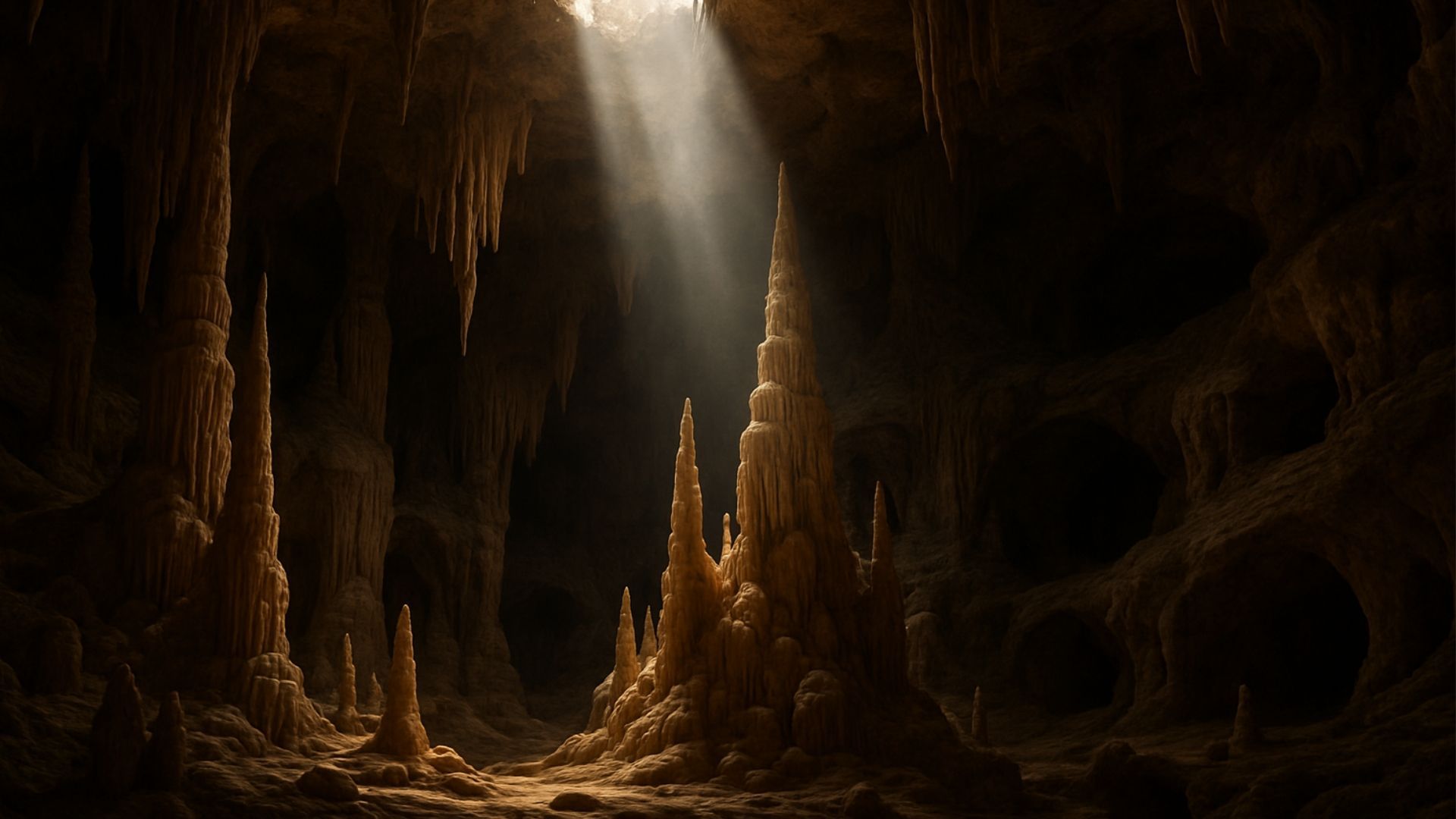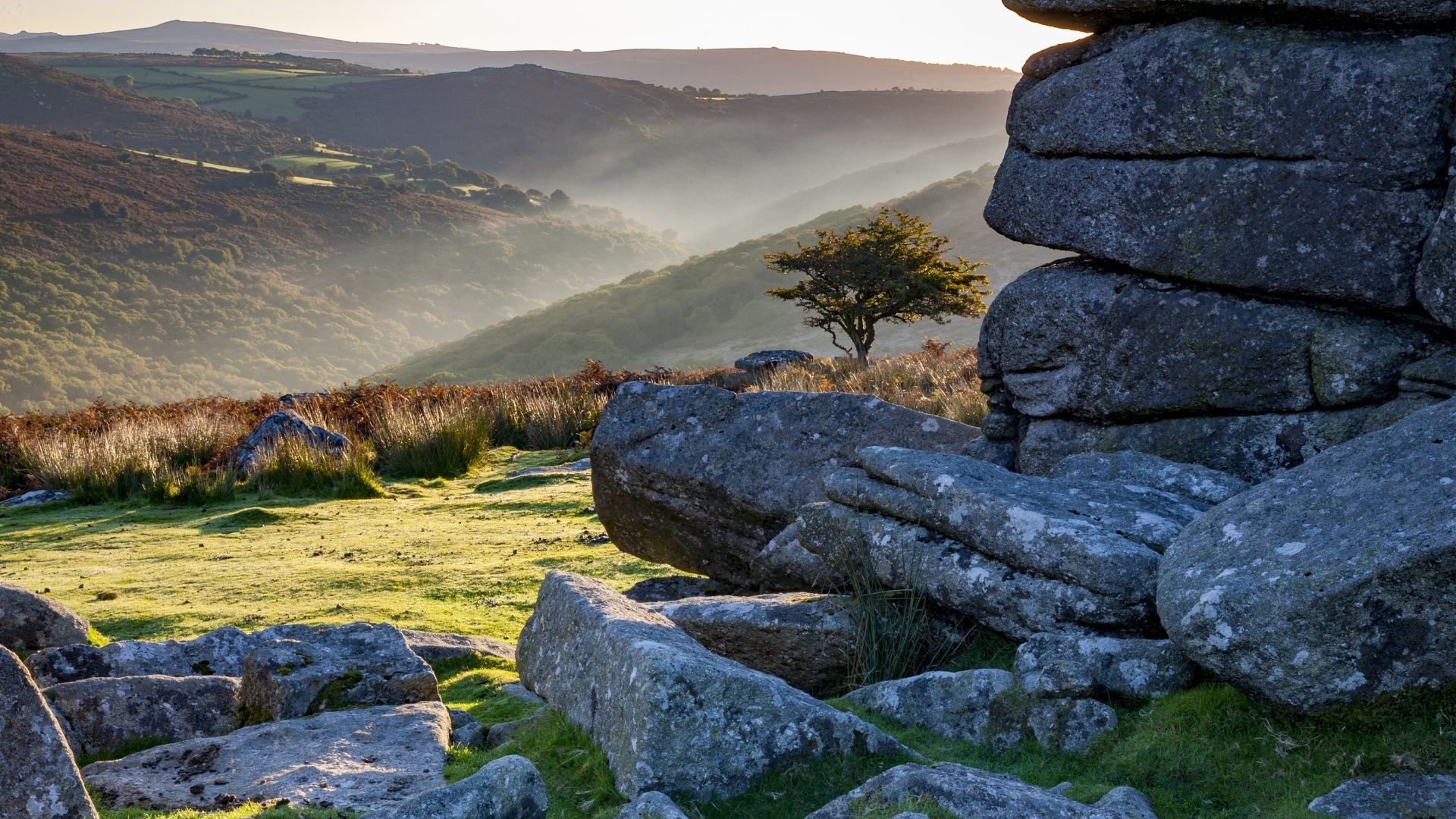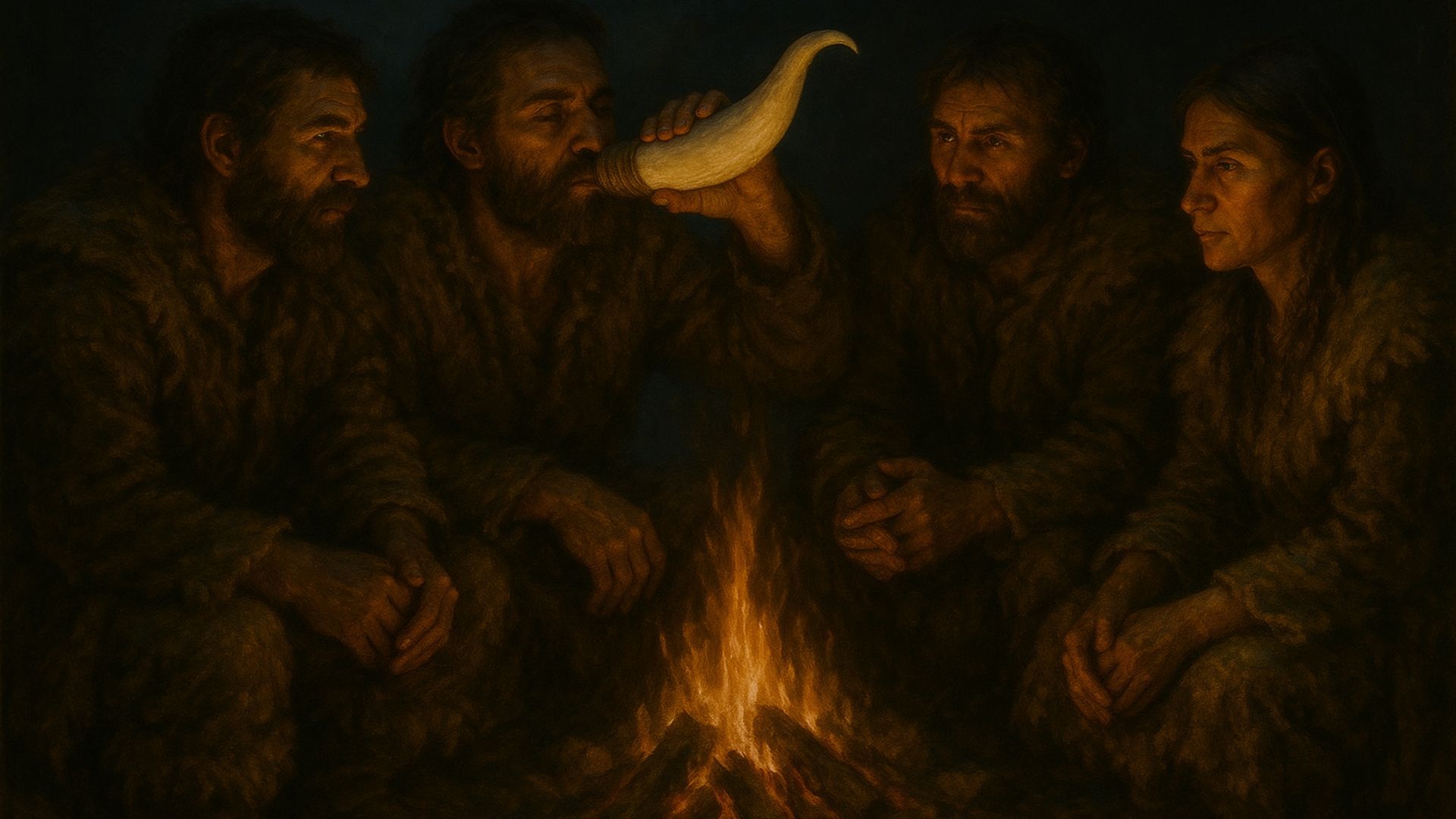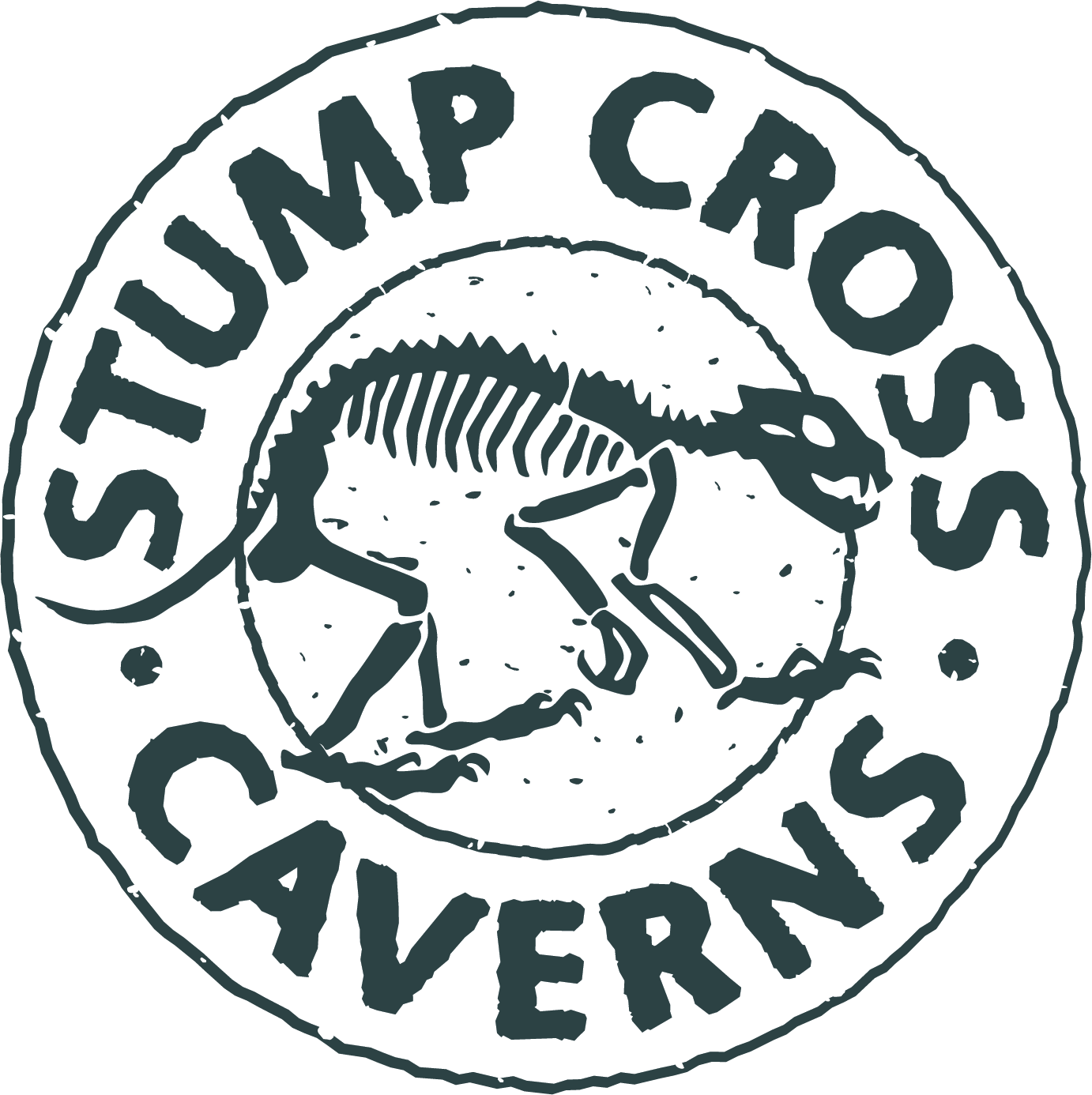It's time for another batch of delicious dishes inspired by Stone Age diets. Check out our step-by-step recipes for prehistoric soups, snacks and more.
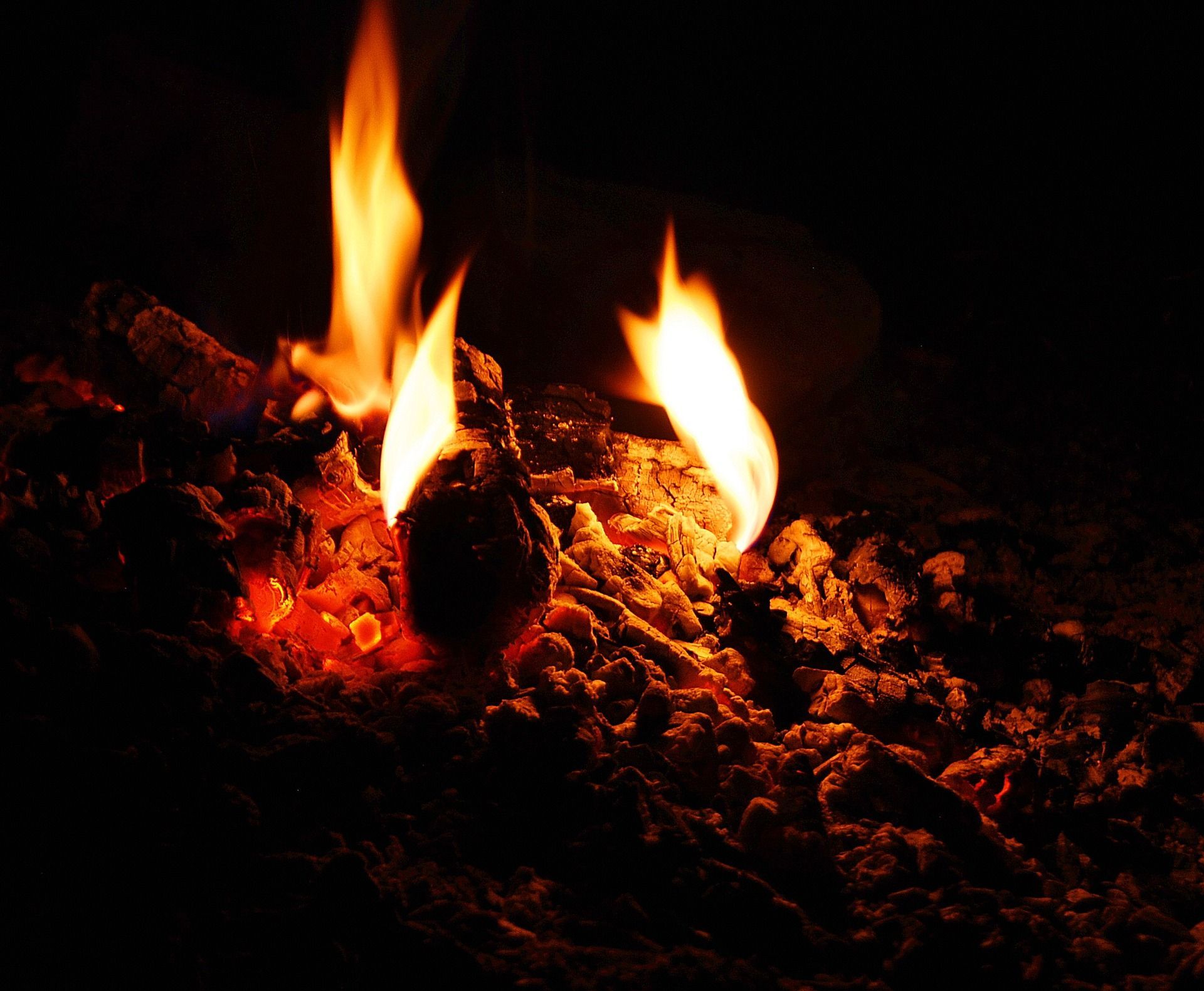
Back in October, we unearthed some secrets from the Stone Age larder and brought you four delicious recipes inspired by prehistoric diets. Missed out? Check them out here.
Well, the foodie fun doesn't end there. Here at Stump Cross Caverns, we've been cooking up some more Stone Age-inspired recipes for you to try.
As before, we can't guarantee 100% historical accuracy – we're talking about human diets from a million years ago (literally!). However, we've used what we know about Stone Age habits to inspire and inform these delectable edibles.
A quick recap: what did Stone Age people eat?
Obviously, our Stone Age ancestors didn't have access to supermarkets or restaurants.
They were hunter-gatherers, meaning they had to cook, eat and drink things they could catch or find. Farming and mass food production didn't come along until the agricultural revolution in around 10000 BC.
So, if they couldn't pop to Tesco, what
did
they eat?
They would hunt animals for meat – think woolly mammoths, bears, deer and hares, as well as fish and shellfish. And they would gather wild barley, vegetables, eggs, berries and nuts.
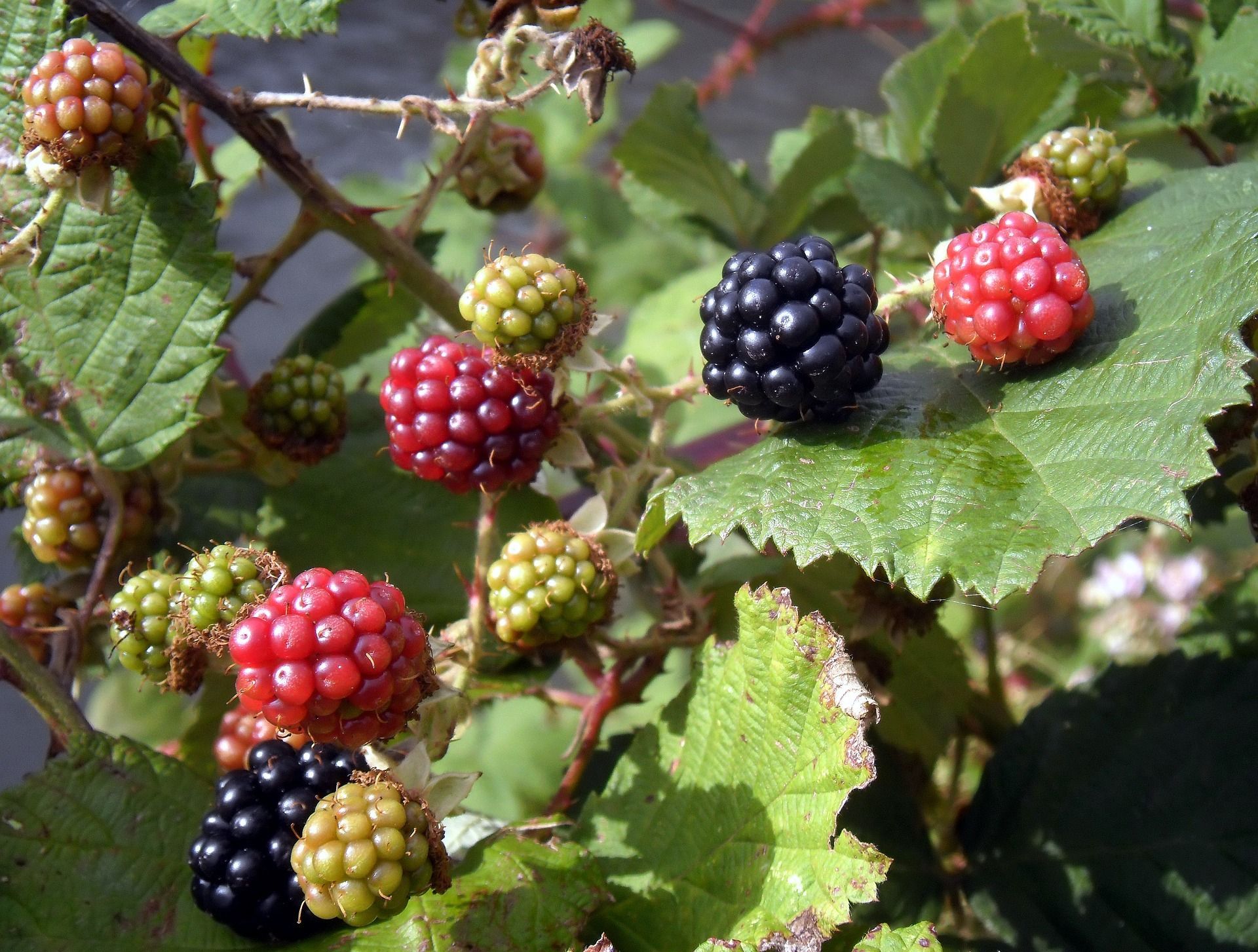
We've tried to use foods like these in our recipes. However, some of the ingredients can be substituted to suit modern palates as you choose. (And because we'll never know what woolly mammoth steak tasted like, we've had to leave that out. Boo!)
A final note on preparation: you can make all of these dishes in a modern kitchen. All you'll need are an oven, a hob and a few basic utensils.
Obviously, we're not expecting you to cook over an open fire. You can if you like – but be very careful around open flames and make sure you know what you're doing before attempting it.
Mushroom Soup
Foraging was the order of the day in the Stone Age. Our ancestors would scavenge for whatever nuts, grains and mushrooms they could find.
But did they use them to make
soup?
Probably! John Speth from the University of Michigan reckons that even Neanderthals – an extinct cousin of modern humans – were boiling broths
at least 25,000 years ago.
Although it's not quite authentic, we recommend you use shop-bought mushrooms for this recipe. Foraging can be very dangerous if you don't know what you're doing. Some wild fungi can even be fatal if consumed.
Choose your favourites – big field mushrooms with black gills or wee button mushrooms. All varieties work well.
Equipment
- Chopping board
- Knife
- Saucepan
- Wooden spoon
- Ladle and bowl for serving
- Hand blender
Ingredients
- Dash of oil or butter
- 300g mushrooms
- 1 onion
- Handful of chives
- Few sprigs of rosemary
- Vegetable stock cube (as a substitute for Stone Age broth)
- 500ml water
- Chop the onion into small chunks.
- Add the oil to your saucepan and heat. After 20 seconds or so, add the onions and fry gently for five minutes or until translucent and soft.
- Roughly chop the mushrooms.
- Add the mushrooms to the pan and fry for another four to five minutes.
- Pour 500ml of water over the mushroom and onion mixture.
- Crumble in the stock cube and add the rosemary.
- Simmer until the mushrooms are soft. You may need to add more water, depending on how thick you like your soup.
- Remove from the heat and blend your mixture. We used a hand blender, though Stone Age soup-makers would have had to pound it by hand.
- Ladle the smooth soup into bowls and garnish with freshly chopped chives.
- Season to taste.
Herby Omelette
We'll fess up: they probably didn't eat omelettes in the Stone Age. They certainly didn't have frying pans, that's for sure.
So, this recipe is more inspired by the
types
of ingredients they'd eat. It's a simple, tasty dish that uses wild herbs that might have been familiar to a European hunter-gatherer.
You might be interested to know, however, that Stone Age people did
cook
eggs. They would have raided nests for these valuable delicacies and roasted them – shell and all – on hot coals.
Foraging for eggs is illegal in the UK nowadays so please don't follow the prehistoric example. We're playing it safe and using free-range chicken eggs.
Equipment
- Non-stick frying pan
- Bowl
- Spatula
Ingredients
- Dash of oil or butter
- 6 eggs
- Bunch of fresh chives
- Handful of wild garlic
- Salt and pepper
- Crack the eggs into a bowl and beat until smooth.
- Add salt and pepper to season.
- Finely chop the chives and stir into the raw eggs.
- Heat the oil or butter in the pan for 20 seconds or until melted.
- Chop the wild garlic into small pieces and wilt in the pan for one minute.
- Pour the egg mixture into the pan and agitate it gently for 20 seconds. This helps create a light, fluffy texture. Be careful not to scramble your eggs.
- Turn the heat down and cover the frying pan with a lid until the top is cooked.
- Remove from pan, portion, plate and enjoy!
Trout with wild garlic dandelion greens
Fish was abundant in the Stone Age, with salmon, trout and eel being popular and easily available. We've gone with trout, but any fish would suit this delicious treatment.
A European hunter-gatherer wouldn't have had access to lemons, but we've bent the rules because… well, it's tasty.
Equipment
- Baking dish
- Tin foil
- Frying pan
- Wooden spoon
- Saucepan
Ingredients
- Trout fillets
- Bunch of wild garlic
- Bunch of dandelion greens
- Butter
- Salt and pepper
- 1 lemon
- Heat your oven to 180°C or gas mark 4.
- Prepare your trout fillets for baking. Wrap them in foil and add a knob of butter, the lemon (chopped into segments) salt and pepper. Place in a baking dish.
- Cook for 15 to 20 minutes or until the flesh flakes.
- Meanwhile, wash and chop the dandelion greens.
- Bring a pan of water to the boil, add the greens and cook until tender.
- In the frying pan, sauté the wild garlic in plenty of butter for one minute, then add the dandelion greens, salt and pepper.
- When the trout is cooked, remove it from the foil and place it atop the greens with all the lovely cooking juices.
Want more Stone Age fun?
Fancy an educational
family day out in Yorkshire?
At Stump Cross Caverns, we're passionate about revealing the secrets of the Stone Age. Our ancient caverns are some of the best preserved in the country.
Pay us a visit and you can journey through time, dig for fossils and even meet our very own Cavewoman!
It's quick and easy to
book your tickets online.

